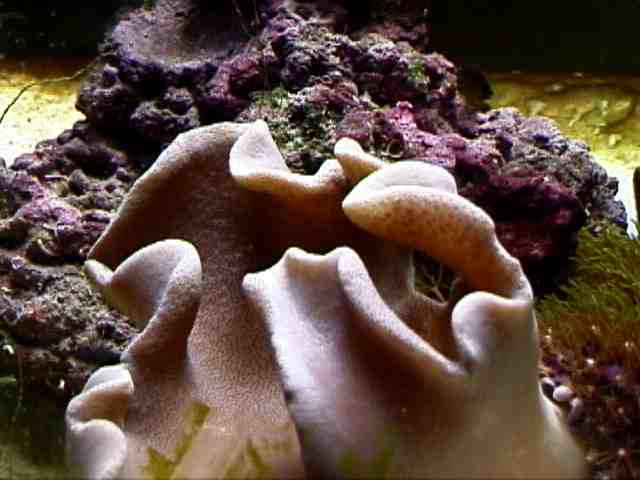@Randy Holmes-Farley
I Just got back my 1st Triton ICP test and the Aluminum was identified as high (165 micrograms/l). Reading through the threads, the only source I can think of maybe the Marinepure blocks I am using in my sump as several threads indicate that 'white' media may leach aluminum. Several questions:
Other info:
- RODI water for top-off and fresh ASW
- Only used Neomarine and recently switch to TMP salt
- Kalk dosing (BRS Pharma)
- Carbon dosing (Nyos Zero)
- I do mix a ton of different foods (Seachem Marine Flakes, Panta Nouri Polyps, Reef Chili, dki Marine, Masstick, Freeze Dried Mysis, Nyos True Algae, Julian Sprung Sea Veggies)
I Just got back my 1st Triton ICP test and the Aluminum was identified as high (165 micrograms/l). Reading through the threads, the only source I can think of maybe the Marinepure blocks I am using in my sump as several threads indicate that 'white' media may leach aluminum. Several questions:
- Is 165 micrograms/l Al high?
- Do you think Marinepure media leaches Al?
- Will removing the Marinepure media (if it is the source) resolve the issue with my daily 1% water changes? If so, how long?
- Do I need to take other actions?
Other info:
- RODI water for top-off and fresh ASW
- Only used Neomarine and recently switch to TMP salt
- Kalk dosing (BRS Pharma)
- Carbon dosing (Nyos Zero)
- I do mix a ton of different foods (Seachem Marine Flakes, Panta Nouri Polyps, Reef Chili, dki Marine, Masstick, Freeze Dried Mysis, Nyos True Algae, Julian Sprung Sea Veggies)



















